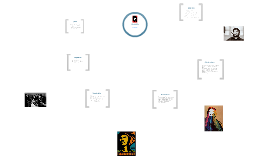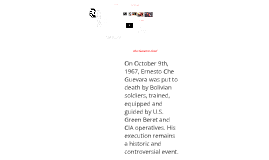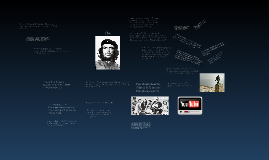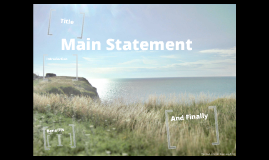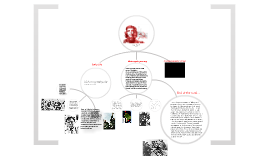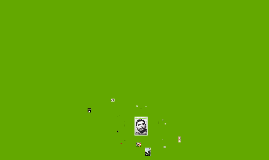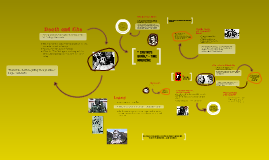Che Guevara
Transcript: Che Che Guevara was an Argentine Marxist Revolutionary, who was a large contributor to the Cuban Revolution. Before his militious days, Che was a great academic, and intellectual. He studied philosophy, mathematics, engineering, political science, sociology, history, and archaeology, all at the University of Buenos Aires. Ernesto "Che" Guevara was born on June 14th, 1928 in Rosario Argentina. Ernesto was born to Celia de la Serna and Ernesto Guevara Sr. In his early adult life, Che played several sports at the University of Buenos Aires, mainly Rugby. Between 1948 and 1951, Che took several "trips" across South America with a close friend, Alberto Granado. While on his travels, Che was exposed to "close contact with poverty, hunger and disease" along with the "inability to treat a child because of lack of money" and "stupefaction provoked by the continual hunger and punishment" that leads a father to "accept the loss of a son as an unimportant accident." It was these experiences which Guevara cites as convincing him that in order to "help these people", he needed to leave the realm of medicine, and consider the political arena of armed struggle. After his travels, Che "set up headquaters" in Guatemala, and made contact with a group of other Cuban revolutionaries connected to the famous Fidel Castro, to help get rid of the "Capitalist Octopuses" The first step in Che's plan was to board Castro and his men, along with himself onto an old, leaky cruiseliner, the Granma, and set sail for Cuba. They arrived on November 25th, 1956. Shortly after their arrival, the battle began, and they were attacked by the dictator Fulgencio Batista's military force. For the next two years, Guevara and Castro fought the many bloody battles that together became the Cuban Revolution. Then, on January 1st, 1959, (New Years Day) the dictator Fulgencio Batista heard news of all of the victories for the revolutionaries, panicked, and fled the country to the Dominican Republic, which became the victory for Che, Fidel, and all of their men. Between 1960, and 1965, Che traveled the world, gaining diplomacy with other countries, mainly publicly Communist countries, like Mao-era China. After his "diplomacy tour", Che went to Africa to offer help with training the troops of the Congo in the art of Guerrilla Warfare. In 1967, while serving in Bolivia, Che was captured by Bolivian troops advised by ex-Cuban-turned CIA, Félix Rodríguez. On October 9th, the president of Bolivia ordered that Che would be executed. When his extremely drunk executioner entered the small mud hut he was being held in, Che told his executioner, "I know you've come to kill me. Shoot, coward! You are only going to kill a man!" Che was shot 9 times, it was the ninth shot (one to the throat) that killed him. Che's remains were never given to the Cubans, or anyone else, and a memorial was built for him shortly after his execution. Here is a speech given by Che against Imperialism. (If there's time) Che's Memorial Che






